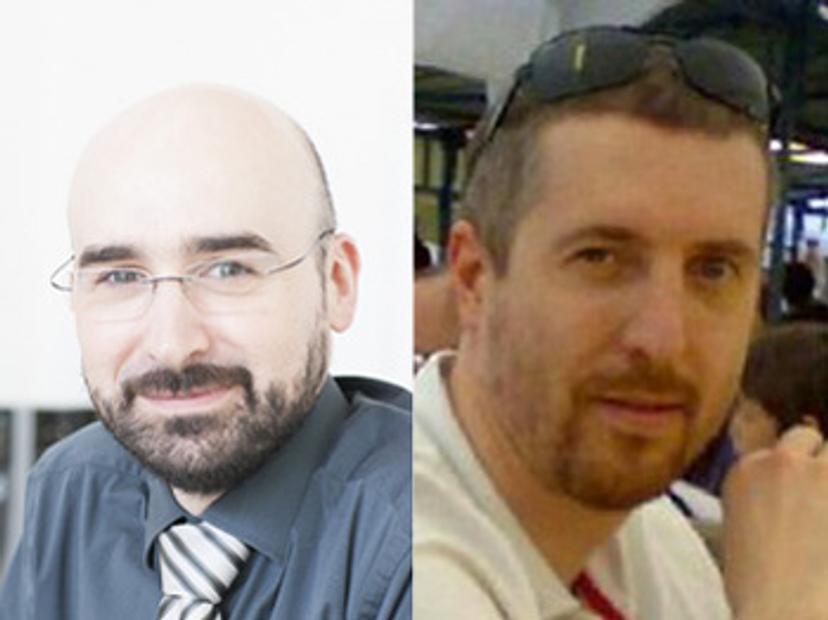Webinar Highlights: From Sample to Knowledge: Strategies for Overcoming Challenges of Emerging Contaminants - PFC and Surfactants
Experts share their approaches to evaluating some of the most challenging environmental compounds
9 Aug 2018
With ever increasing numbers of compounds and classes screened for and quantitated in environmental samples, the need for sensitive and efficient analytical instruments and methods continues to rise. In this seminar, hosted by Thermo Fisher Scientific at SETAC Europe, learn from experts about their approaches to evaluating some of the most challenging environmental compounds.
In the first part of the webinar, Dr. Davide Mariani, head of detergents and surfactants at Innovhub-SSI, reviews automated surfactant extraction for analysis and quantitation, followed by the challenges presented to current technologies by polyfluorinated compounds (PFCs).
The second part of the webinar is presented by Dr. Massimo Peruzzo, CEO at Eurolab Srl, who discusses how LC-HR-MS/MS (Orbitrap Q-Exactive Focus) can be used to overcome issues encountered by standard techniques during analysis of PFCs in challenging sample types such as wastewater or sludge, leading to enhanced accuracy and reliability. Also present was Dwain Cardona, environmental marketing manager at Thermo Fisher Scientific.
You can catch the webinar on demand by registering here, or read on to discover the Q&A highlights from the live event.
Watch Webinar NowQuestion and Answer Session
Q: How large is your compound list now and are there breakdown products and short-chain PFAS included?
Dwain Cardona: At the moment Massimo is analyzing around 26 compounds with the Orbitrap. He starts from the short-chain PFCs, like PFBA and PFBS, and then they arrive at compounds with 13 carbon atoms. They don't analyze any breakdown products, but they do use CO2 lock compounds like a confirmation ion for short-chain PFCs, PFBA and PFBS in particular.
Q: What other applications or contaminants are you using Orbitrap to analyze and why?
DC: Orbitrap has large capabilities that can be used for any compound analysis. Massimo is using it for pesticides on food samples, some phenols, ethoxylated phenols on environmental samples looking at textile samples. He's also looking at screening SBOC compounds on textiles and plastic samples. Generally, for any kind of contaminant, the Orbitrap is helpful in identifying your unknowns, as well as targeted applications with the benefit of high resolution, accurate mass, of course.
Q: For so many of the compounds there are not standards available; how are you calibrating the quantitation of these compounds?
Massimo Peruzzo: At the moment we're analyzing the 26 compounds using Orbitrap with the FCS compound. All the compounds are not divided but are calibrated to each standard. This means we don't analyze the compounds without a standard.
Q: Where in your sampling and analysis process are you seeing the most contribution of background PFAS contamination coming from?
MP: In our experience, the most contribution comes from the glassware. For the model, there is the possibility that some batches of methanol samples are contaminated with-short chain PFAS, and in this case it's mandatory to replace the methanol. We have never had a problem with contamination from a PFC tube.
Find out more on this topic by watching the full webinar on demand, or visit ourEnvironmental Community>>
SelectScience runs 3-4 webinars a month across various scientific topics, discover more of our upcoming webinars>>
